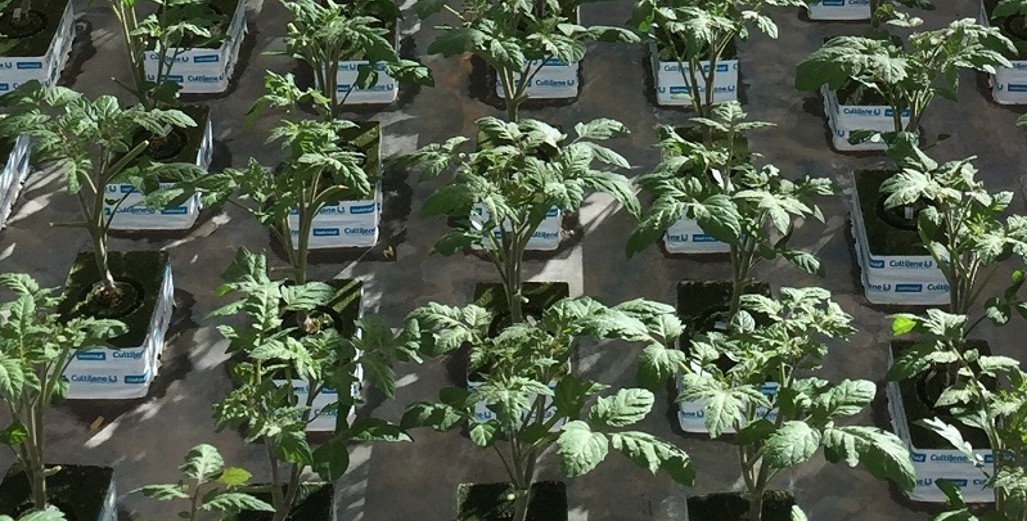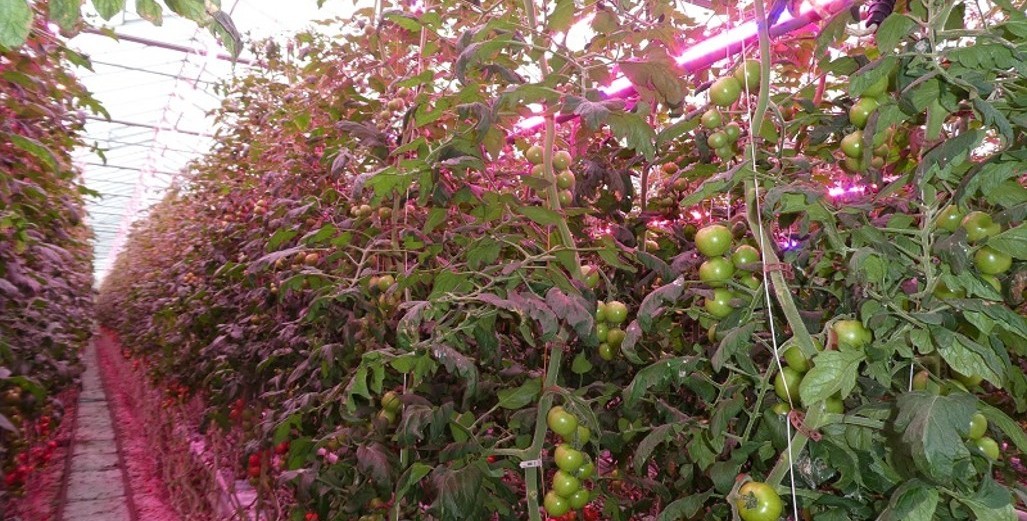Sign up here to subscribe to the Grower2grower Ezine. Every two weeks you will receive new articles, specific to the protected cropping industry, informing you of industry news and events straight to your inbox.
Sep 2018
Production Pitfalls (part 2)

Botrytis and Bacterial Speck
Paddy de Vries a hydroponic specialist in South Africa will be visiting New Zealand in October. Paddy has been in the South African covered crop industry since graduating from The University of Stellenbosch in 1987 with a BSc Agric and 2 BSc Hons. degrees. He has vast experience and has supplied me with insights into the South African greenhouse industry. Paddy wrote an excellent newsletter regarding 'production pitfalls'. Paddy has allowed Grower2Grower to publish this newsletter in a series of articles. The technical nature of the articles is relevant and applicable for NZ growers. In this edition, Paddy will focus on Botrytis and Bacterial Speck
“The best approach to preventing a problem from taking hold, and painstaking process of ridding the crop of the malady is a three-pronged approach: Identification, prevention and, unfortunately for those infected, treatment” Paddy de Vries.
Botrytis

A typical stem botrytis infection
Identify
High humidity, dense plant canopies, poor ventilation and mild temperatures are perfect conditions for infection. Any cut, scrape, or bruise is susceptible to botrytis. Harvest scars, pruning lesions or any plant damage are especially susceptible. Second, the first signs of the disease appear on lower portions of the plant wherever there are tender tissues such as flowers, fruits, or seedlings (where RH may be high and light poor).
Prevention
- Prune, stake or trellis plants with the focus on light penetration and improving air circulation
- Disinfect pruning equipment with a registered or approved disinfectant in accordance with relevant registration after each cut
- Carefully remove & destroy all plant debris and infected material and do a thorough clean up after each season
- Use preventative fungicides or organic treatments when conditions favor the disease within the relevant legal framework of your country or export destination market.
Treatment
- The most important step is to first identify any areas that indicate botrytis infection.
- Remove the infected/dead plant material, and if possible, bag the material before cutting it to prevent the spores from spreading into the air and onto surrounding plants.
- The cut should be made 1 to 2 cm below the infected areas as to ensure all infected material is removed from the environment.
- Treat the remaining areas with the registered treatment product.
- Stem lesions can be treated by painting on a registered product. Do not use PVA paint as carrier material (PVA buffered at high pH, rendering most products useless)
- A final suggestion is to completely clean out your greenhouse after crop removal and disinfect it with:
- 5-10% bleach solution
- “QAC” treatments of all surfaces can be very effective or
- food-grade hydrogen peroxide solution after each season. (careful)
This will kill most remaining spores (in contact with the disinfectant) and reduce the likelihood of disease for the next season. For growers, a “better safe than sorry” approach to botrytis is always the best approach.

Above, botrytis attacking the fruit, generally from the calyx down into the fruit. Below a cucumber that possibly had a wound on the fruit that lead to the botrytis infection.

Bacterial Speck / Pseudomonas syringae pv. tomato

Typical of the marks/indents left by Bacterial Speck on the fruit.
Identification
- Lesions (see photos) appear on stems, fruit and leaves. Bacterial speck can spread extremely quickly through water droplets (splash by rain, irrigation, dew-drip etc.), infected tools, hands and plant material.
Prevention
- Know the favourable conditions that include:
- Cooler temperatures (ca 21°C), high humidity and wet leaves as well as low light (cloud cover, dirty greenhouse covers and high plant population or excessive vegetative growth).
- Main prevention hinges on good ventilation and trying to dry out the crop. Venting the structure as well as internal forced ventilation helps to prevent stagnant wet air in the canopy plus replacing humid air with dryer air from outside.Check for excessive Nitrogen fertilization (vegetative growth) and prune to increase canopy air movement.
Treatment
- Techniques to reduce high canopy humidity, leaf wetting and excessive vegetative growth
- Remove affected plant material as noted in Botrytis above.
- Hygiene practices e.g. Strict hand and tool sanitation during pruning and picking
- Apply agrochemicals or organic treatments when conditions favour the disease or as curative measure within the relevant legal framework of your country or export destination
- Greenhouse sanitation post crop removal and pre planting (as noted above), is critical.
- Control Fungus Gnats (see previous Grower2Grower article)

The effects caused to this tomato leaf by Bacterial Speck.
Article content “Brought to you by Intens Agri Hydro” For more information, feel free to contact Paddy de Vries or Liandra von Below de Vries at: Liandra.vonbelow@gmail.com or telephone +2783 420 1392
More photos of Botrytis:

Above, botrytis spores attacking the fruit even in a coolroom. Below is leaf botrytis which can travel quickly back towards the stem.

.jpg)
Above the small mark/ring on the fruit is known as a Ghost Spot. This is where the botrytis spores form on the fruit. This commonly happens if you have a problem with your heating system and the fruit sweats the next morning. Below is the formation of Botrytis on the tip of a cucumber.


Botrytis forming on the end of a cucumber leaf
I appreciate your comments. Please feel free to comment below or on the grower2grower Facebook page:
https://www.facebook.com/StefanGrower2grower/
Stefan Vogrincic, Consultant, Grower2Grower
CLASSIFIED
Subscribe to our E-Zine
More
From This Category
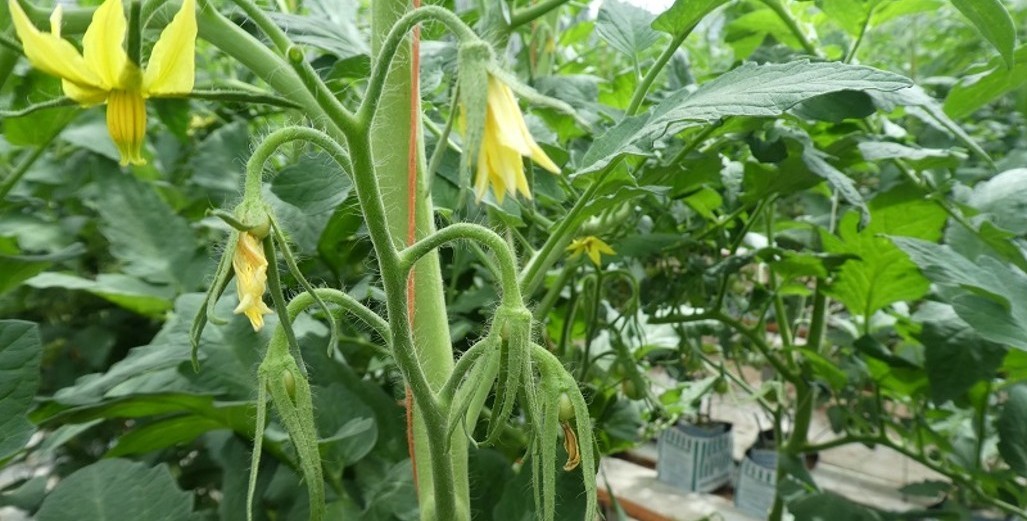
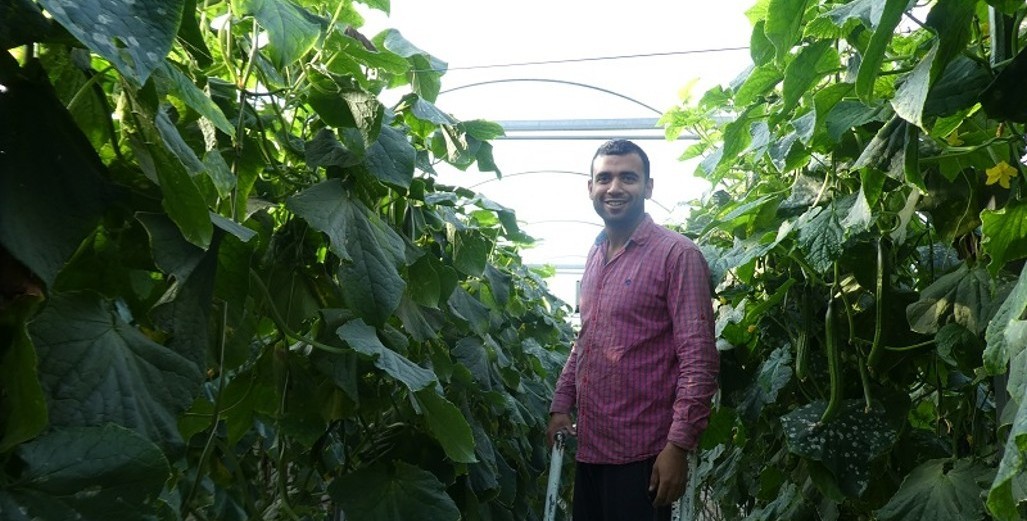
Managing Labour During the Christmas holiday break
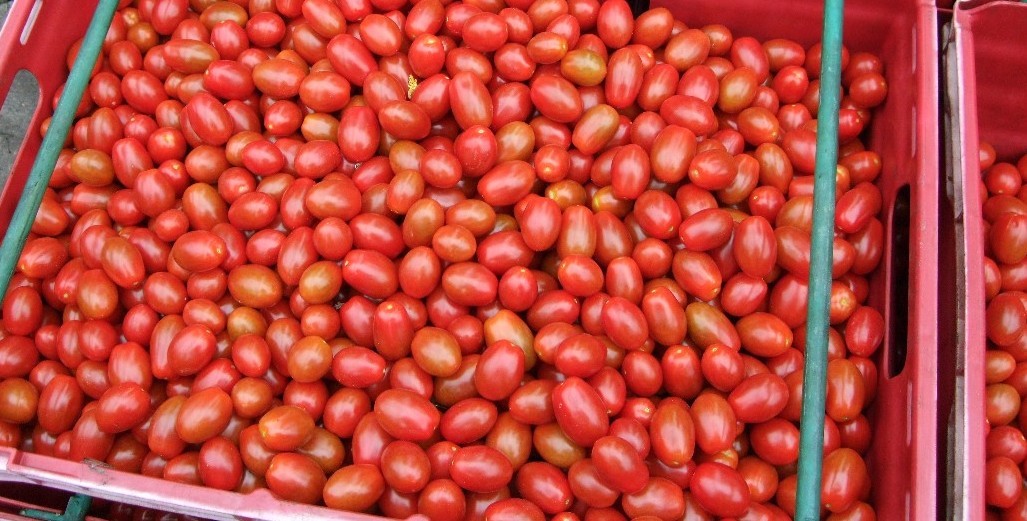
Back to basics
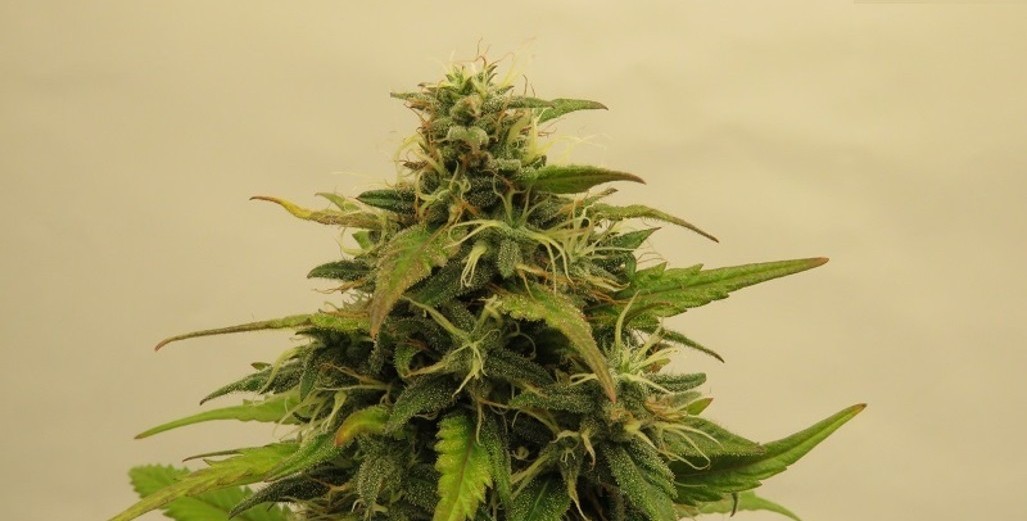
The Future of High-Tech Horticulture, Compounds over Kilos
